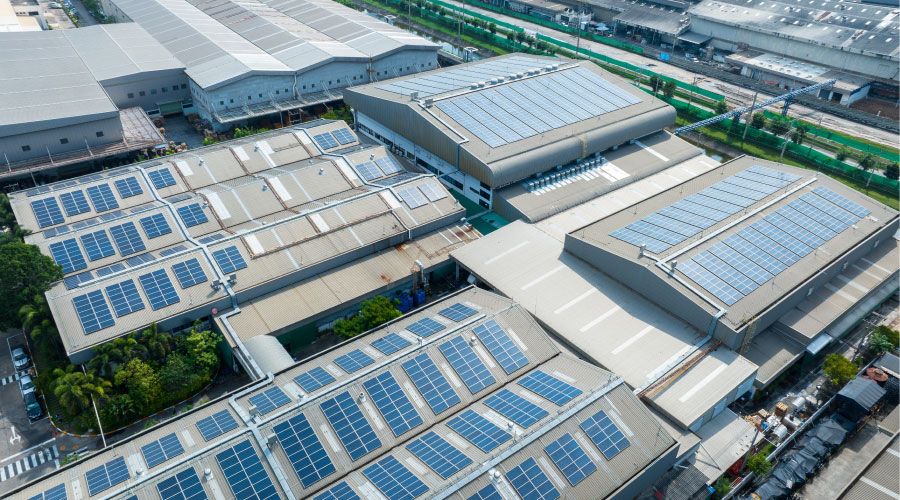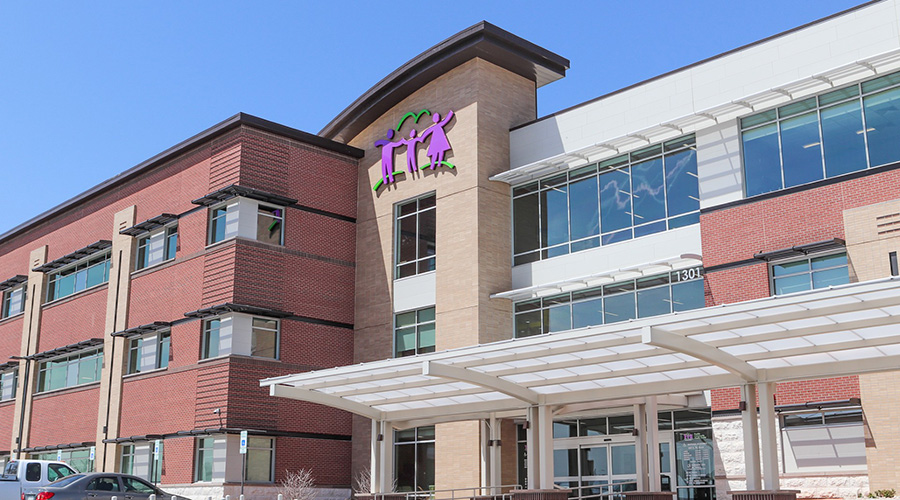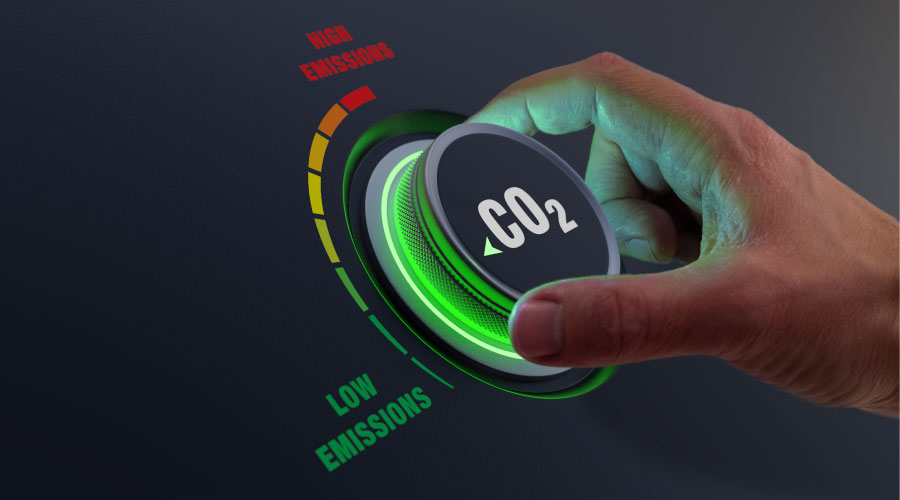Natural Gas Discoveries Drive Down Warehouse Heating Costs
Large-scale shale discoveries have driven down the cost of natural gas. The Marcellus Formation, encompassing large portions of the Appalachian basin, was once believed to contain only a moderate amount of natural gas. Revised numbers in 2008, however, increased the estimate dramatically; it is now believed that enough natural gas exists in Marcellus to power the entire United States for 14 years. Similar revisions to formations nationwide have pushed the total value of all supposed natural gas reserves to $1 trillion.
With the plunge in natural gas prices, warehouses with non-conditioned spaces are moving quickly to convert to natural gas heaters.
Robotic equipment is another development that is having a major impact on energy use and related tax savings for both dry and refrigerated warehouses. Robot-operated forklifts have the ability to turn in very narrow aisles, as well as pick and pack more efficiently than their human counterparts. Companies such as Gap, Zappos and Staples have already used such technology to improve warehouse productivity by 200 to 400 percent.
In addition to increased productivity, robotic equipment does not need lighting to perform work. The reduced need for human occupancy has major implications for energy use and EPAct. Lighting can be dramatically reduced while still meeting building energy codes. Likewise, the reduction in carbon dioxide lessens the need for energy-consuming ventilation. From an EPAct standpoint, reduced energy needs set the stage for EPAct deductions since whatever new equipment is purchased is likely to result in far less energy cost than a 2001 reference building.
Rooftop Photovoltaic Systems
With the recent huge decreases in solar photovoltaic (PV) prices, many warehouse owners are using the EPAct tax incentives to be fiscally and physically prepared for solar: Fiscally prepared means reducing current electricity and heating costs; Physically prepared means making the necessary roof improvements to get the building "solar ready."
Designing an Energy Efficient Warehouse — with Uncle Sam in Mind
1. Assemble a team, including experts, for lighting, natural gas heaters, building
envelope, rooftop solar photovoltaic, EPAct tax incentives, and utility rebates.
2. See if roof is compatible for solar PV and natural gas heater. Obtain solar PV
and any needed roof/insulation proposals. Make sure existing roof warranties
are compatible with solar PV installation.
3. Obtain lighting design that replaces all inefficient lighting. Compare and contrast fluorescent, induction and LED lighting alternatives.
4. Obtain natural gas heater or design proposal based on proposed roof design.
5. Determine utility rebate based on all proposed separate and combined measures. Lighting will reduce electrical use. Roof, insulation and heater will reduce therms.
6. Determine tax incentives including EPAct tax deduction benefit and solar credit
tax deductions. EPAct will be based on total project square footage, including
mezzanines and pick and pack modules. The 30 percent solar tax credit will be based on the combined solar material and installation costs.
7. Prepare project proposal integrating project cost, energy savings, utility rebates
and tax incentives.
8. Get project approved.
9. Hire contractors and execute project.
10. Have IRS-approved software model (for HVAC and building envelope deductions) and tax documentation prepared.
11. Reduce estimated Federal and state tax payments for large tax deductions
and credits.
12. Process utility rebates.
— Charles R. Goulding and Charles G. Goulding
|
Related Topics:













